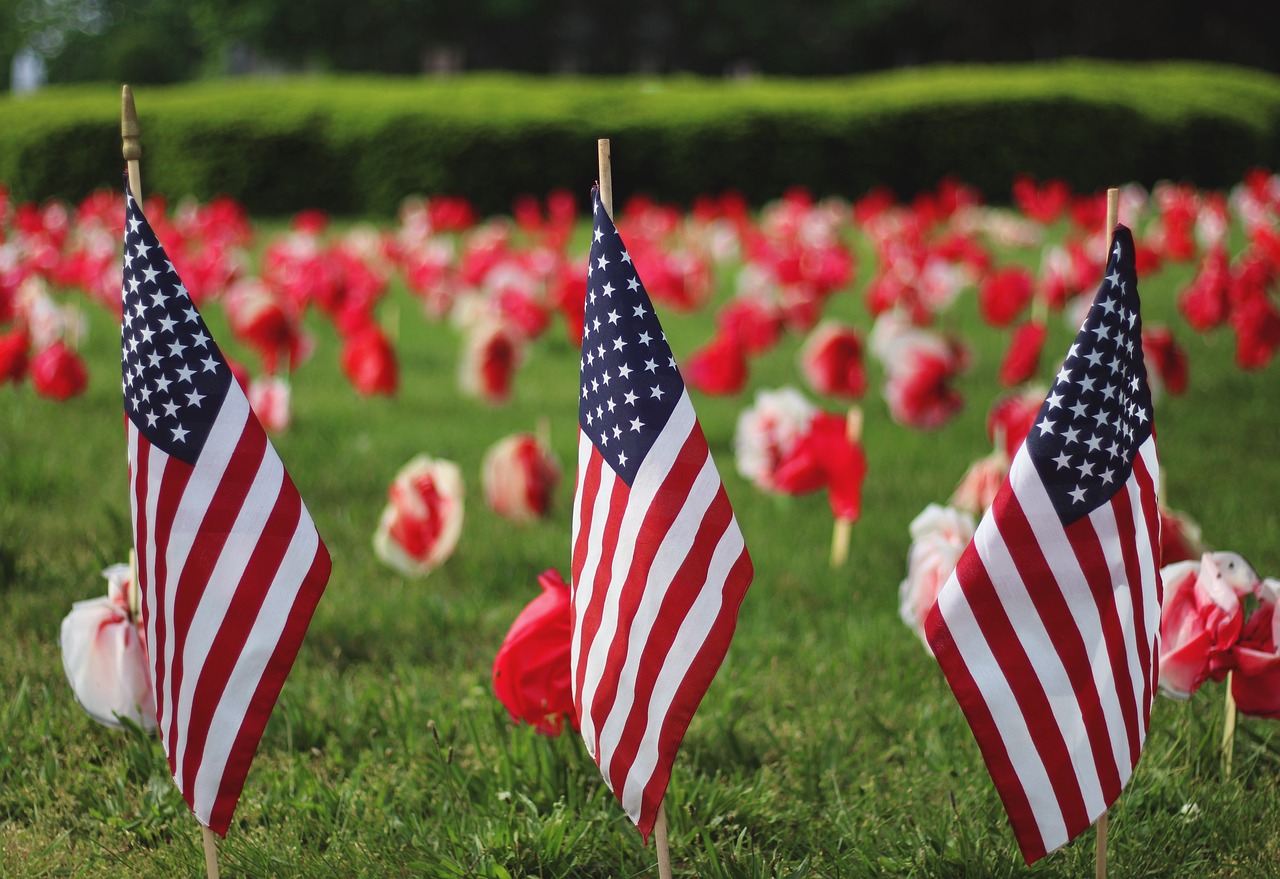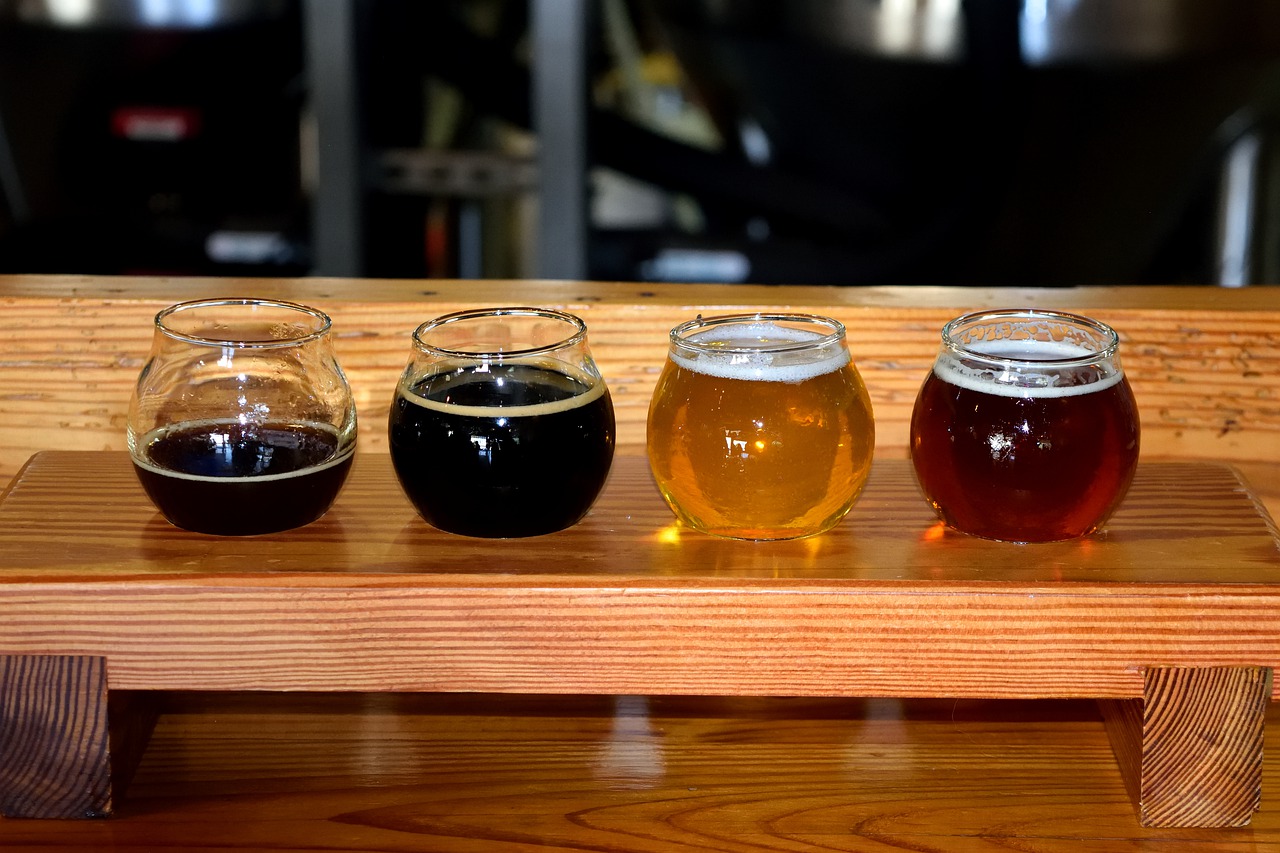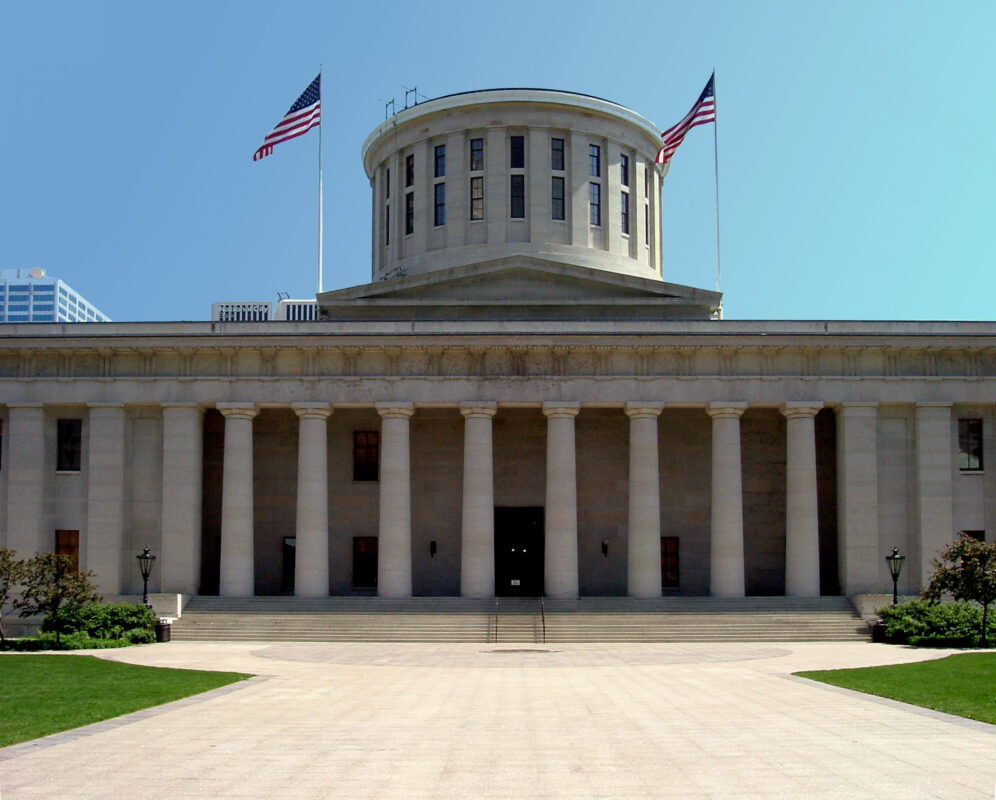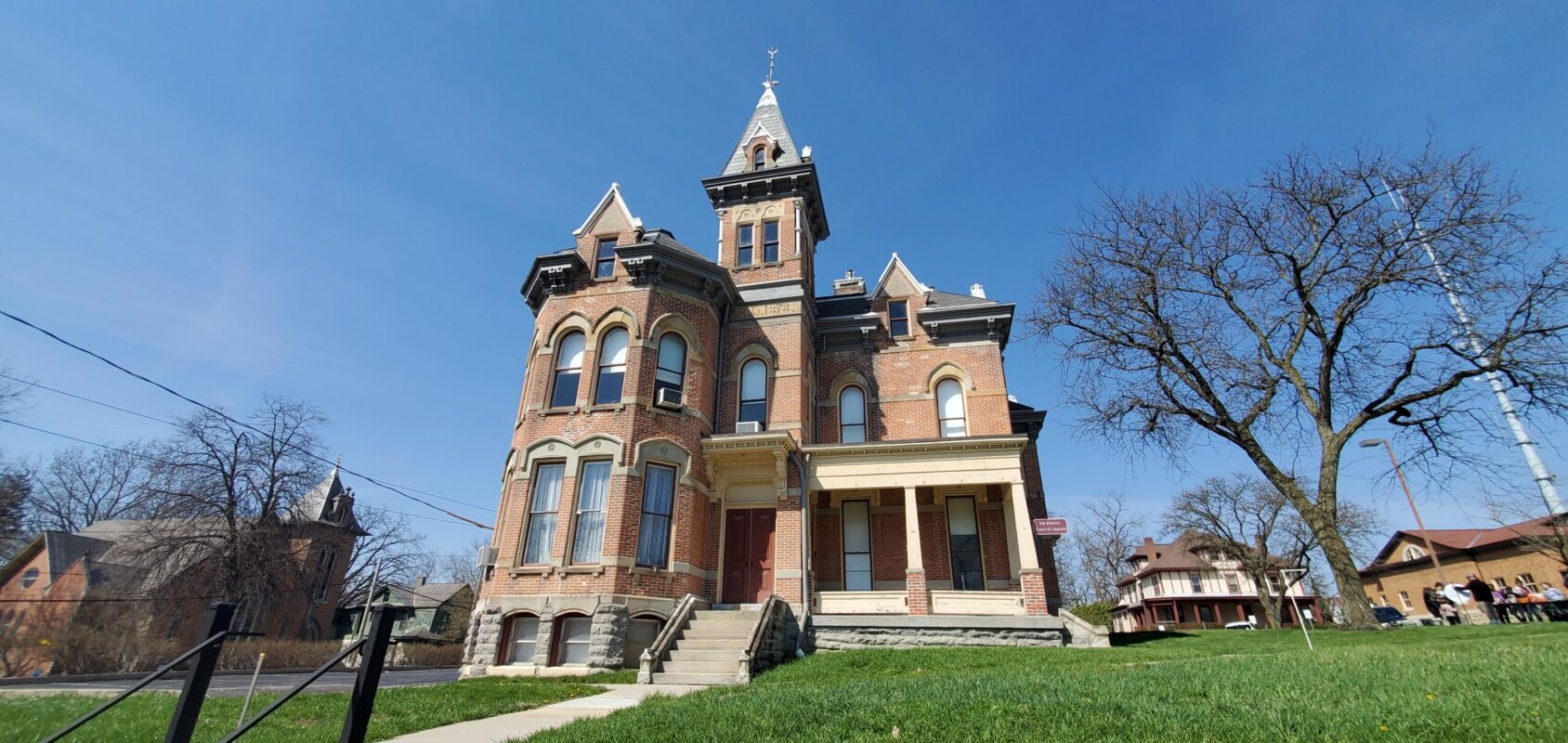By 1808Delaware
On the last Monday of May in 1870, just five years after the end of the Civil War, residents of Delaware, Sunbury, and Galena in Ohio celebrated the second observance of Memorial Day, then known as Decoration Day.
This holiday, first observed on May 30, 1868, was a national day of remembrance for the men and women who had given their lives in service to the United States during that war. Initially a tradition of decorating the graves of fallen soldiers with flowers, Decoration Day was founded by Major General John A. Logan of the Grand Army of the Republic, an organization of Union veterans, who desired a unified way of commemorating the fallen.
On May 30 in Delaware the celebration was truly a sight to behold. From early morning, people began to arrive from the countryside, swelling the crowd to what observers described as “simply immense.” The day was beautiful, with nature showcasing her loveliest mood, and the anticipation of the festivities was palpable. The procession was a grand spectacle, composed of various groups from the local community. Firemen, Masons, Odd Fellows, members of the Order of Mechanics, St. Patrick’s Benevolent Society, and Sunday schools all marched in unity. A notable presence was the “company of colored militia,” underscoring the inclusivity of the day’s commemoration.
Meanwhile, the citizens of Sunbury gathered in the school room of the Union Institute. From there, they formed a procession and marched to the cemetery, their arms laden with wreaths and flowers. At the cemetery, the atmosphere turned solemn, as the pastor of the local Baptist Church led the gathering in prayer. The singing of the “Star-Spangled Banner” echoed through the air, followed by an address from Colonel G.A. Frambes. A contingent from Galena arrived late, having journeyed to join the Sunbury celebration, but they were quickly forgiven and welcomed into the fold. The day’s events included a rendition of “America.”
Frambes was a hero with the 59th Ohio Volunteer Infantry, a unit which saw significant action in the Southern Theatre of the Civil War.
In Galena, the celebration was marked by a parade featuring martial music that lifted the spirits of the crowd. The procession was led by the officers of the day and the floral and decorating committees. Soldiers marched alongside citizens, embodying the shared sacrifice and unity that the day stood for. The highlight was an address by Jackson Hipple, Esq. of Delaware, whose words encapsulated the meaning and significance of the day’s commemorations.
These celebrations in Delaware, Sunbury, and Galena exemplified the unity, remembrance, and respect that characterized Decoration Day. Over time, Decoration Day evolved to include the fallen from all American wars, and in 1971, it was officially renamed Memorial Day and became a federal holiday celebrated on the last Monday in May. Despite the changes in name and scope, the spirit of Memorial Day remains rooted in these early celebrations – a time for the nation to come together, remember its fallen heroes, and honor their sacrifice with gratitude and respect.
Sources: Wikipedia, Delaware Gazette, Ohio State Journal, 1808AI










